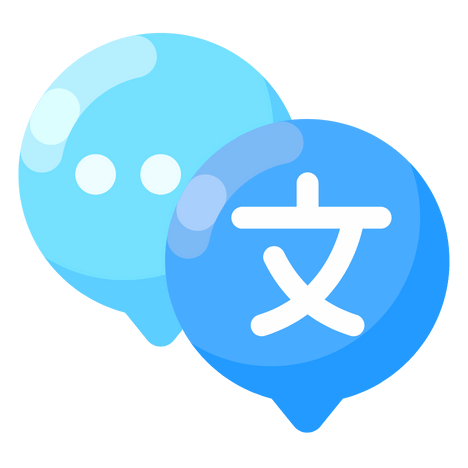Japanese-English translation represents an exciting challenge for linguists and communications professionals alike. This guide will help you explore the subtleties of this linguistic conversion, offering you tools and advice to optimize your translations from the Land of the Rising Sun into the language of Shakespeare.
Tools and resources for effective Japanese-English translation
Translating from Japanese into English requires a wide range of tools and resources. Today’s translators have access to a wide range of online solutions to facilitate their work:
- Specialized bilingual dictionaries
- Detailed conjugations
- Automatic translators based on artificial intelligence
- Databases of usage examples in context
- Linguistic search engines
These tools provide rapid access to relevant translations and concrete examples of usage in both languages. Translators can thus enrich their vocabulary and refine their linguistic skills thanks to these diversified resources.
Among the most innovative tools are translation search engines that apply natural language processing to large bilingual corpora. These technologies offer contextualized results for millions of words and expressions, guaranteeing a better understanding of linguistic nuances.
Here’s a comparative table of the main types of Japanese-English translation tools:
| Type of tool | Advantages | Limitations |
|---|---|---|
| Online dictionaries | Accuracy, examples of use | Lack of extended context |
| Automatic translators | Speed, versatility | Variable quality, revision required |
| Linguistic search engines | Rich context, real-life examples | Learning required for optimal use |
Professional Japanese-English translation services
To guarantee top-quality translations, many companies call on professional services specializing in Japanese-English conversion. These services are particularly popular in high-tech sectors, where terminological accuracy is crucial.
Professional Japanese-English translators must meet strict criteria:
- Native Japanese speakers
- have recognized translation degrees
- Significant experience in the field
Translation quality is paramount, and agencies generally offer different levels of service to meet the varied needs of their customers:
- Basic translation: for simple, non-technical documents
- Standard translation: for most professional documents
- Professional translation: for technical or legal documents
- Premium translation: for high-level strategic or marketing documents
These professional services also offer the option of having translations reviewed by external proofreaders, thus ensuring additional quality control. This is particularly important for sensitive documents or those destined for wide distribution.

Machine translation and human review: a winning combination
The rise of artificial intelligence has revolutionized the field of Japanese-English translation. Sophisticated machine translation tools are now available, offering increasingly accurate results. However, the complexity of the Japanese language and its cultural subtleties often require human intervention to refine the translation.
The optimal translation process thus combines the advantages of technology and human expertise:
- Initial translation by a high-performance AI tool
- In-depth revision by a professional translator
- Adjustment of cultural and stylistic nuances
- Final check of text consistency and flow
This hybrid approach delivers high-quality translations while optimizing deadlines and costs. It is particularly well suited to large-scale projects or those requiring impeccable linguistic precision.
It is essential to note that human revision plays a crucial role in preserving Japanese cultural particularities. Experienced translators can adapt idiomatic expressions, cultural references and polite nuances that would otherwise escape purely automatic translation.
Security and confidentiality in Japanese-English translation
Data security is a major issue in the translation business, particularly when it comes to sensitive or confidential documents. Professional Japanese-English translation services implement strict measures to guarantee the protection of their clients’ information.
Here are some key aspects of security in translation:
- Use of secure servers and encrypted connections
- Confidentiality agreements signed with translators
- Temporary document storage with automatic deletion
- Protocols for managing access to sensitive information
Companies can also opt for on-site translation solutions, ensuring that their documents never leave their internal network. This option is particularly popular in sectors where confidentiality is paramount, such as finance or R&D.
What’s more, professional translation services can handle a wide variety of document formats, such as Word, PDF, PowerPoint or Excel, while maintaining the same level of security. This versatility enables companies to entrust all their translation needs to a single, trusted provider.
In short, Japanese-English translation requires a multi-dimensional approach, combining cutting-edge technology, human expertise and rigorous security measures. By following the recommendations in this guide, you’ll be able to convert your Japanese texts efficiently, while preserving their essence and confidentiality.
